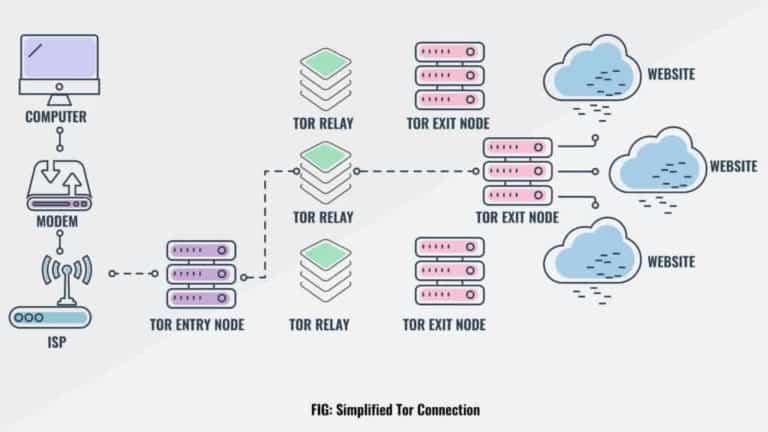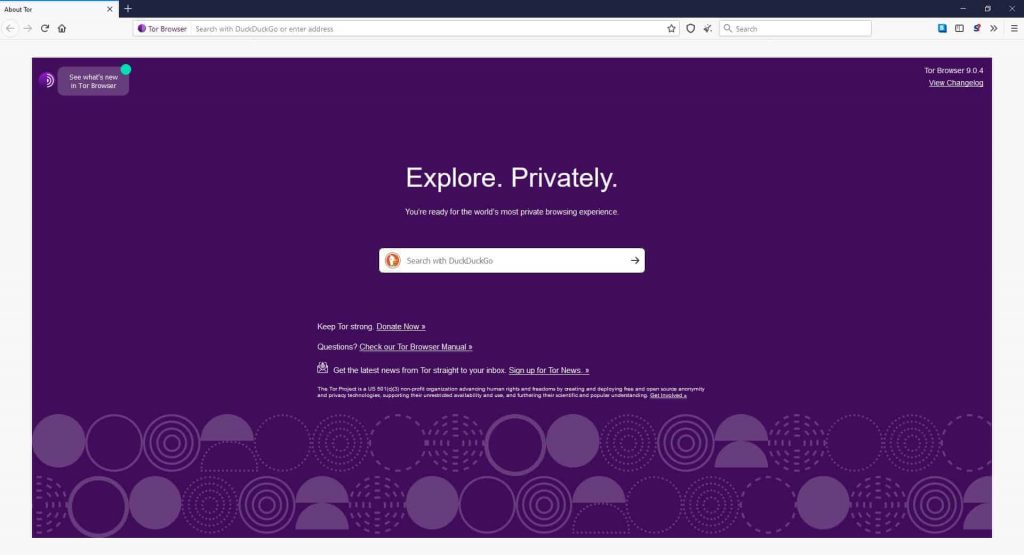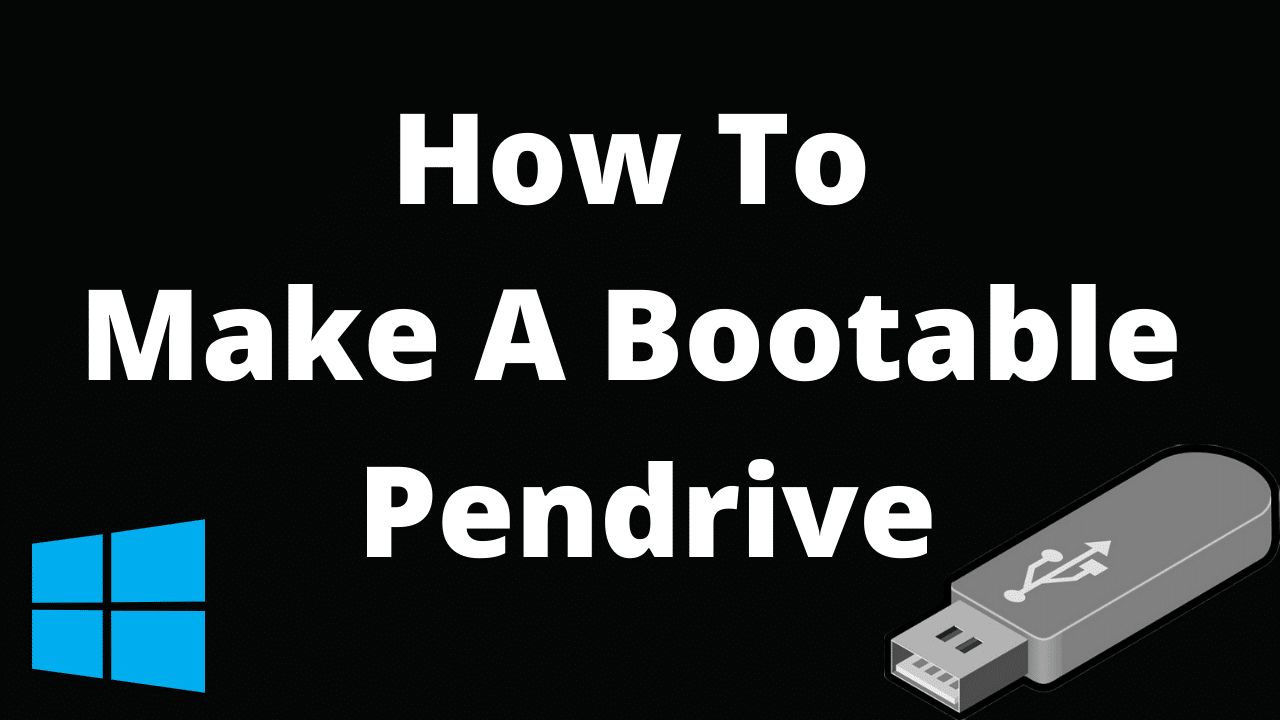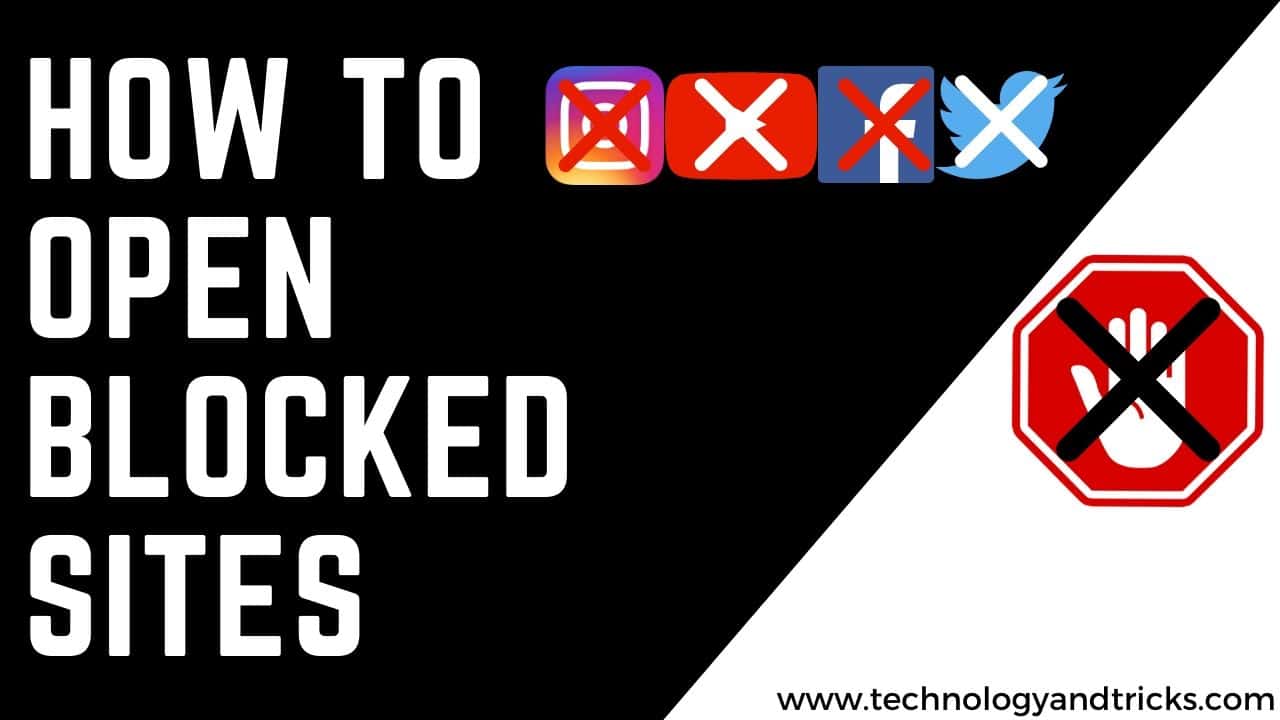Google indexes only a small portion of the Internet. By some estimates, the Internet contains 500 times more content than what Google displays in search results. The links that Google and other search engines display when you type a search query are known as the “surface web,” while all other non-searchable content is referred to as the “deep web” or the “invisible web.”
The dark web, or dark web, is a small part of the deep web. The dark web is made up of intentionally hidden websites and services. Both owners and users of the dark web are anonymous. Although not everything on the dark web is illegal, here you will find many internet black markets, hacker forums, malware vendors, and other illegal activities.
What is the Dark web?
The dark web, or darknet, is a small portion of the deep web that is intentionally hidden. Websites and data on the dark web usually require a special tool to access them.
The type of site most associated with the dark web is marketplaces where illegal goods such as drugs, firearms, and stolen credit card numbers are bought and sold. Dark corners are used to hire killers, smuggle people, and exchange child pornography. But more than that, the dark web contains anonymously accessible content and data. It could be a blog, forum, chat room, or private game server.
The beauty of the dark web is its anonymity. Nobody knows who everyone else is in the real world as long as they take precautions. User identities are safe from the prying eyes of governments and corporations. The dark web and Tor are often used by journalists and whistleblowers to share sensitive information, including Edward Snowden himself. For example, Ashley Madison’s data dump was posted on a site accessible only to Tor users.
How to access Dark Web Safely


To access the vast majority of the dark web, you need Tor. Tor is a network of voluntary relays through which a user’s Internet connection is routed. The connection is encrypted and all traffic bounces between relays around the world, making the user anonymous.
Get TOR Browser


The easiest way to access Tor is through the Tor Browser. You can download and install it for free. You may want to hide your Tor browser download using a VPN and your current browser’s incognito/private browsing mode.
Based on Firefox, Tor Browser allows you to browse the bright web and the dark web. All your traffic is automatically routed through the Tor network. Make sure to download Tor Browser only from its official website so as not to risk downloading malware, spyware, or any other virus onto your device.
Officially, Tor Browser is only available on Windows, Mac, Android, and Linux platforms. Many experts advise against using third-party mobile browsers that use the Tor network.
Use a VPN
ISPs and websites can detect when Tor is being used because the IP addresses of Tor nodes are public. While websites can’t recognize you and ISPs can’t decrypt your internet traffic, they can see Tor usage. This can arouse suspicion and attract unwanted attention.
If you want to use Tor privately, you can use a VPN or Tor Bridges (Tor nodes that are not publicly indexed). Tor users in the US in particular may want to use a VPN, which will be faster and more reliable. When you use a VPN for the dark web, your ISP cannot see that you are connected to a Tor node, only an encrypted tunnel to the VPN server.
BUY NORD VPN FOR THE BEST SECURITY
Browsing Dark Web
Now that you have Tor, you can access the dark web. Darknet websites are called “Hidden Tor services” and can be distinguished from regular websites by their URLs.
Instead of “.com” or “.org”, dark web addresses can be marked with the “.onion” top-level domain.
Finding these .onion sites is obviously the number one challenge because they don’t show up in Google search results. You can’t just search for “Silk Road” on Google and hope to land on the dark web.
A handful of dark search engines that index .onion sites include NotEvil, Ahmia, Candle, and Torch. There are also directories like dark.fail.
Warning
Always use extreme caution when using publicly posted onion URLs. If you can’t get a personal recommendation from someone you trust, check the URL from several different sources.
The Dark Web has no shortage of scams, phishing sites, and malware designed to mislead newcomers. Links to the obvious web are often malicious. Since there is less use of HTTPS on the dark web, it is not possible to verify that a website is authentic with an SSL certificate.
Reddit is also a valuable resource for finding the dark or deep website you’re looking for. Try the /r/deepweb, /r/onions, and /r/tor subreddits.
Again, we can’t stress enough that security and anonymity are important for those on dark websites. Your ISP and government may not be able to see your activity when you’re on the Tor network, but they know you’re connected to the Tor network, and that alone is enough to raise eyebrows. In fact, a recent ruling by the US Supreme Court indicated that the use of Tor was a likely enough reason for law enforcement to search and seize every computer around the world.
Another important precaution is to make sure your .onion URLs are correct. UI URLs generally contain a string of seemingly random letters and numbers. Once you’re sure you have the correct URL, save it in an encrypted note – Tor Browser won’t cache it for later. Otherwise, there is a good chance of falling victim to a phishing scam like this fake bitcoin mixer.
We highly recommend using a different layer of security over a VPN.
You can also Subscribe to Us On YouTube for tech-related content. Please share this with your friends and family. Thanks for your time on our website and we wish you a nice day.






















